
September 2017
While Virtual Reality is charging full steam towards mass consumer adoption over the next 3 to 5 years it’s important to remember VR’s big sister, Augmented Reality, is only a few years behind. And ‘big sister’ is an understatement. Augmented reality is likely to eclipse not only VR, but could potentially be the biggest piece of wearable technology we have ever seen with huge socio-economic implications.
To initiate the novice reader; while virtual reality is about placing the user into an ‘alternative reality’, for example swimming amongst fishes or exploring the surfaces of the Mars, Augmented Reality on the other hand is bringing that alternative reality into your current space. Wearing an augmented reality headset keeps the user in their current space but adapts it by bringing in augmentations, these could take the form of the latest news updates streaming into your field of view, a hologram from a Skype call, or simply traffic directions while driving your car.
First generation Augmented Reality headsets have this year begun to tentatively leave the loving clutches of their creators and enter into the hands of early adopter developers including our team at Glitch. The headset currently making most noise in the industry is Microsoft’s Hololens
I spent a full week wearing our Hololens at the office to to get a feel for what a future with an Augmented Reality headset might look like. Here were my initial thoughts;
Ergonomics
The Hololens headset is held to the user’s head through an adjustable band that tightens around the back of your head resting a majority of the device’s weight on the forehead. At a first glance the device seems quite bulky but is surprisingly light. Although quite finicky to get it into an optimal position, once set the device sits relatively unnoticed over the head and can be worn for several hours with little discomfort.
Interaction
Once turned on the device loads an innocuous small box in front of the user to get started opening into a full menu where you can browse and load your applications. Interaction is achieved through various finger gestures in which the user needs to stretch their hand out in front of them to be picked up by the sensors.
Interaction at the moment is not intuitive and it takes a few tries to get a response from the Hololens. It begs the question are we are on the verge of a whole new human-computer interactive shift? Perhaps away from the mouse and keyboard invented all the way back in the 1960s and towards a new form of user interaction or air tap and voice commands.
Field of view
If you’ve read anything already about the Hololens to date the gripe most people are talking about is its very narrow field of view. And yes, the first time you wear the device there is an underwhelming realisation that the augmentations visible by your eye are restrained within a relatively narrow frame. However you quickly adapt to this limitation and unless looking very closely at an object, which will inevitably cut it off as it leaves this frame, the display is ‘good enough’ considering this is the first generation for the device.
Spatial Scanning
Sensors which sit all around the top rim of the Hololens are constantly updating the environment around the user. You can see them in action by filming the Hololens with a phone camera and watching the video back. What the sensors are capturing can be seen as a wire mesh that appears at intervals over physical objects giving you an understanding of what the Hololens is aware of in your space. Walls, floors, ceilings, large objects such as tables or monitors are quickly understood by the Hololens while smaller objects such as mugs or keyboards are meshed together to form a lumpy surface. Glass, windows and mirrors confuse the headset and are usually ignored.
All in all the spatial scanning although a little unpolished is exceptionally impressive and you’ll find holograms will sit intuitively on table surfaces or against walls without little need to adjust them.
Quality of the Augmentations
So what about the visuals? Considering the device is powered solely by on-board processing the visuals aren’t bad. Definitely not breath-taking but not underwhelming. Objects are generally low poly and textures remain quite simple but there seemed to be no limit as to how many objects you could populate your environment with. Text was very readable (unlike current generation VR headsets) and videos for example from YouTube were clear and comfortable to watch. In general the Hololens visuals met expectations and it’s exciting to imagine if this is what we are seeing from the first prototype what that means for future iterations.
Positional audio
Positional audio, or the ability to hear audio at its point of origin, is a critical part of feeling presence and important in placing things and people in the augmented or virtual environment. The Hololens achieves this exceptionally well with two speakers that sit just above the ear and offer surprisingly accurate and realistic audio. It’s so accurate in fact you can close your eyes and turn your head following audio queues, for example of a person talking, and end up spot on as to their position in the digital space.
Battery power
Battery power for the Hololens sits at around 4 hours at the moment depending on what you are doing, with a charge time of 2 – 3 hours. Arguably a short battery life which will need to increase closer to what we find with modern day mobile devices.
Augmenting our Office
But how did the Hololens fair with actual ‘use cases’? Well, as I mentioned earlier I spent an entire week wearing the device in our office to gauge how useful or effective such a device could be in a work setting. I set up augmentations around me that were less gimmicky and more practical to see how the device might help in my day to day work. This included a large display of the latest news at www.roadtovr.com , the latest VR news from the BBC, my Skype account, YouTube etc. Surprisingly it was not long before these augmentations became second nature and exceptionally convenient and intuitive. I found myself looking around my office for them even when the Hololens had been taken off.
On The Horizon
In summary a week wearing the Hololens has set in concrete my belief that Augmented Reality will be a truly defining moment in wearable technology changing the way we interact with the world around us and connect with each other. It will eclipse its little brother, Virtual Reality, and we predict will see mass adoption on the same scale as we have seen with the mobile phone over the next 15 years.
But if you really want to bake your noodle check out what Solon Q is doing by merging virtual worlds with augmented worlds.

 Cultivating Minds: How Havrå Farm Game will Grow Sustainable Leaders
Cultivating Minds: How Havrå Farm Game will Grow Sustainable Leaders How cultural heritage is leveraging blockchain and NFTs to reconnect to their audience
How cultural heritage is leveraging blockchain and NFTs to reconnect to their audience It’s hot tub time
It’s hot tub time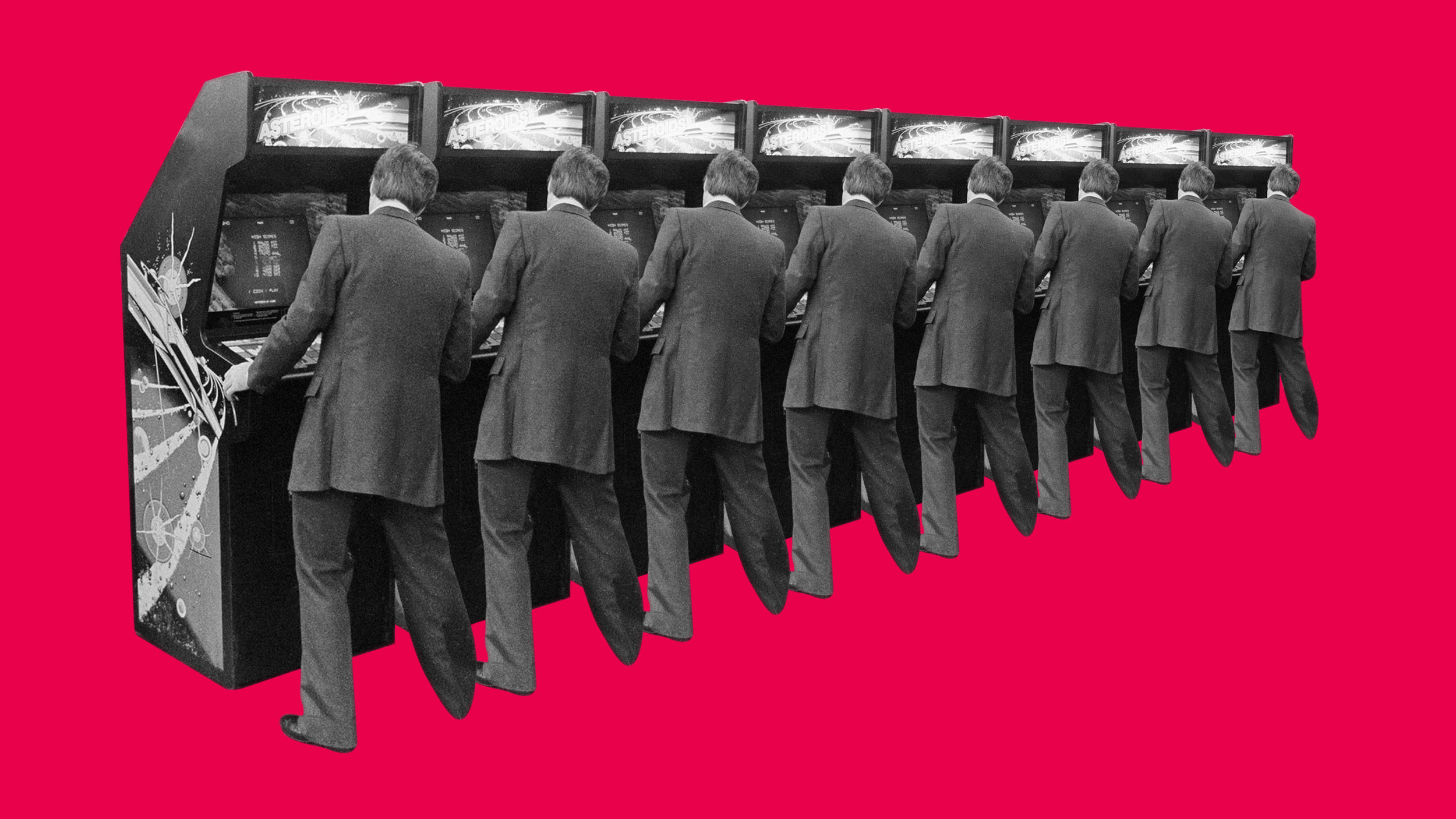 The renaissance of the classic arcade
The renaissance of the classic arcade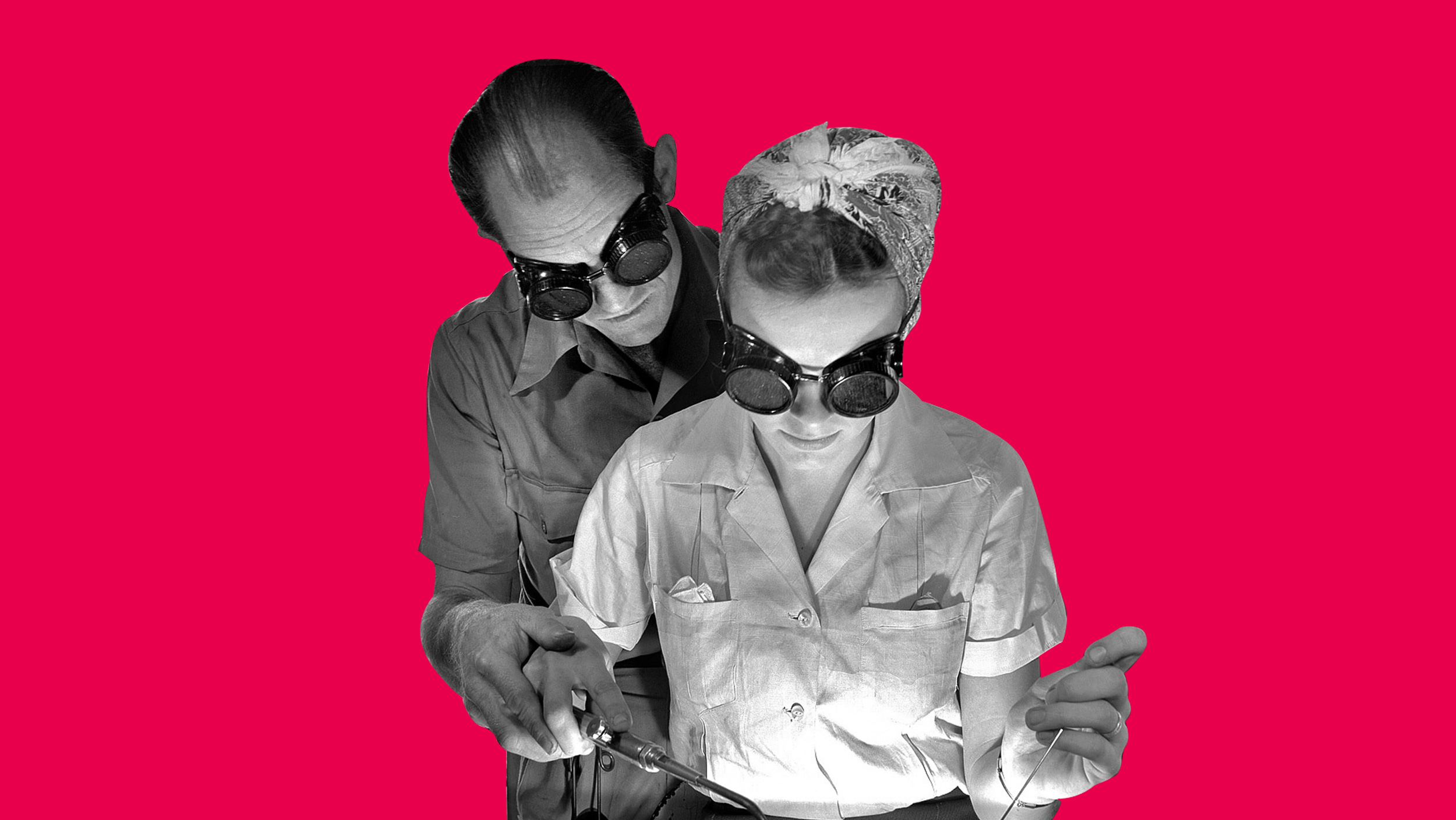 A model for understanding the virtual reality experience
A model for understanding the virtual reality experience How VR / AR are an effective b2b sales solution
How VR / AR are an effective b2b sales solution VR – Machine driven human to human interaction
VR – Machine driven human to human interaction Untangling the wires – how 2019 will see virtual reality cut the umbilical-cord
Untangling the wires – how 2019 will see virtual reality cut the umbilical-cord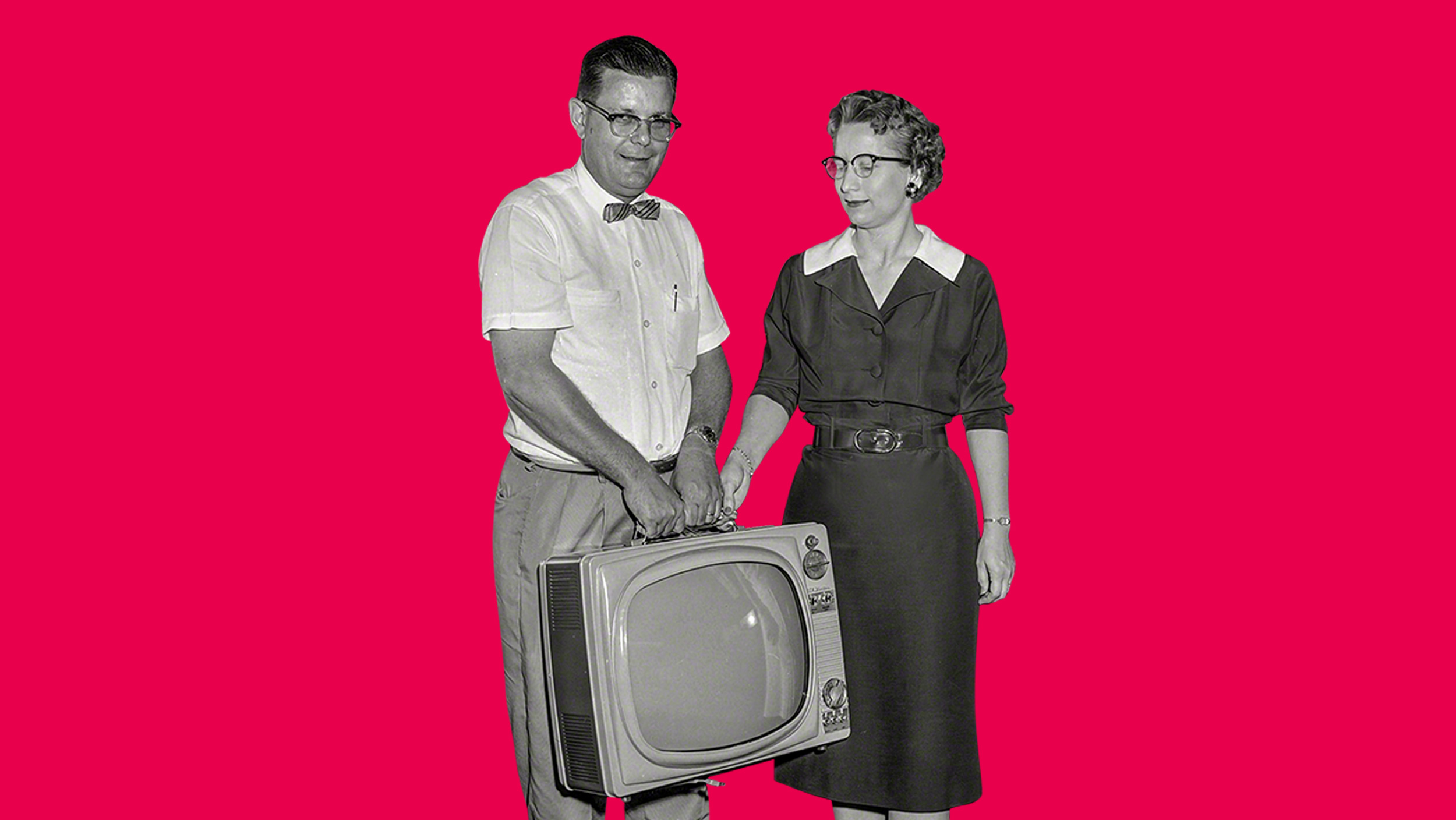 Our long road to getting virtual reality on the road
Our long road to getting virtual reality on the road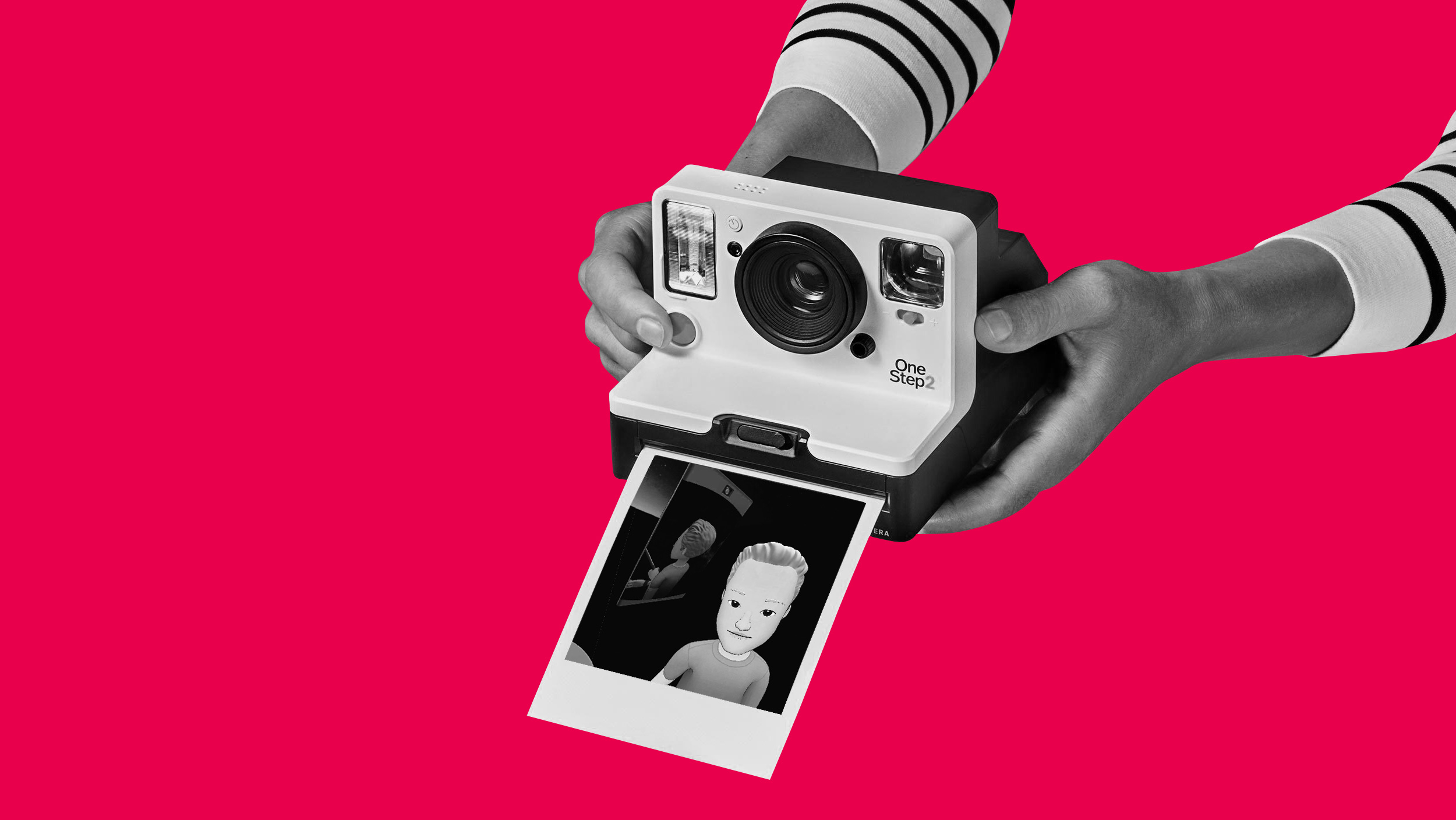 The information age is dead welcome to the experimental age
The information age is dead welcome to the experimental age Anatomy of VR
Anatomy of VR Make it sound right or break immersion
Make it sound right or break immersion Branding your reality
Branding your reality A deep dive into immersion
A deep dive into immersion Why the suit & ties don’t get VR
Why the suit & ties don’t get VR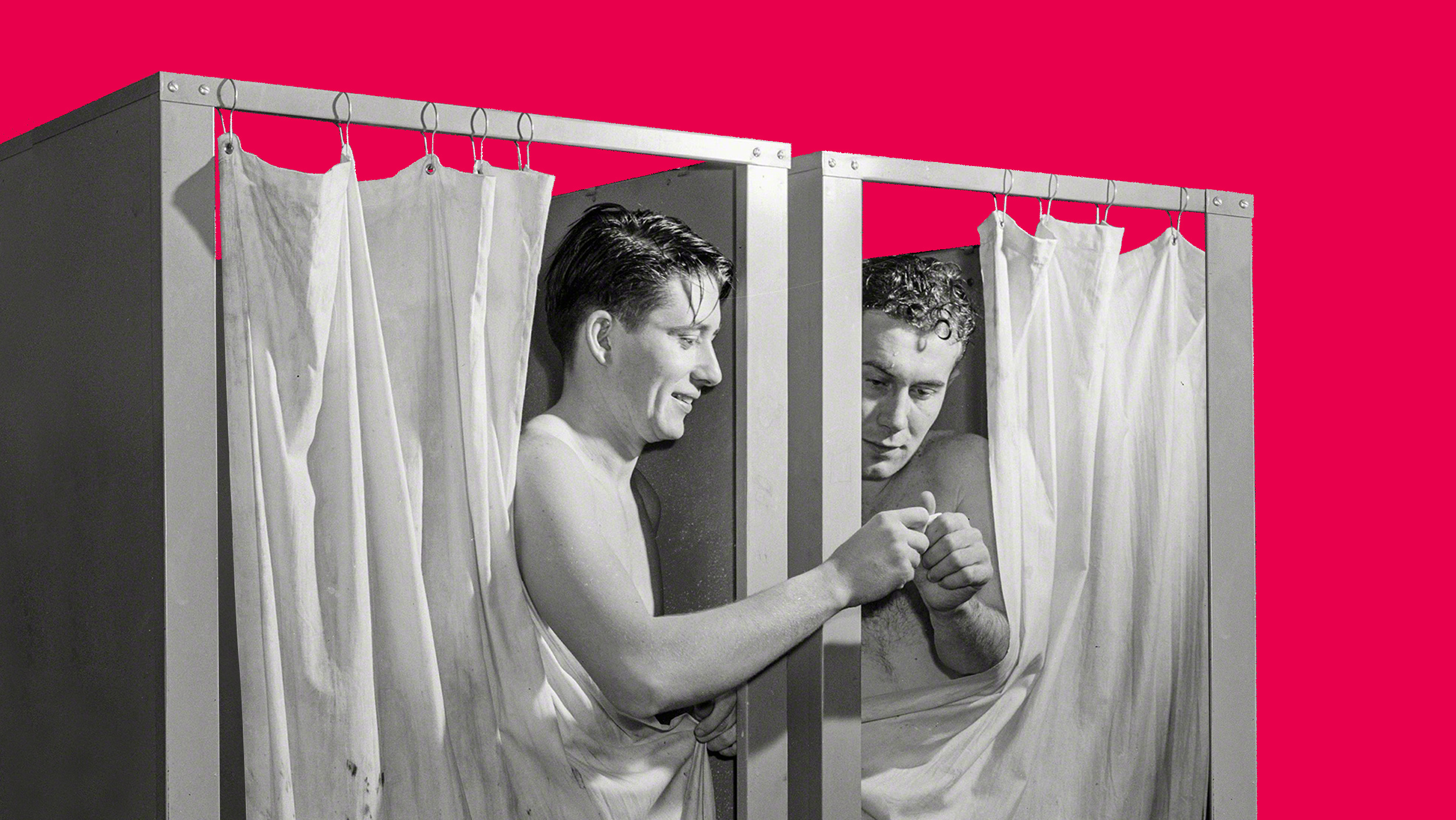 The hidden marketing value of virtual reality
The hidden marketing value of virtual reality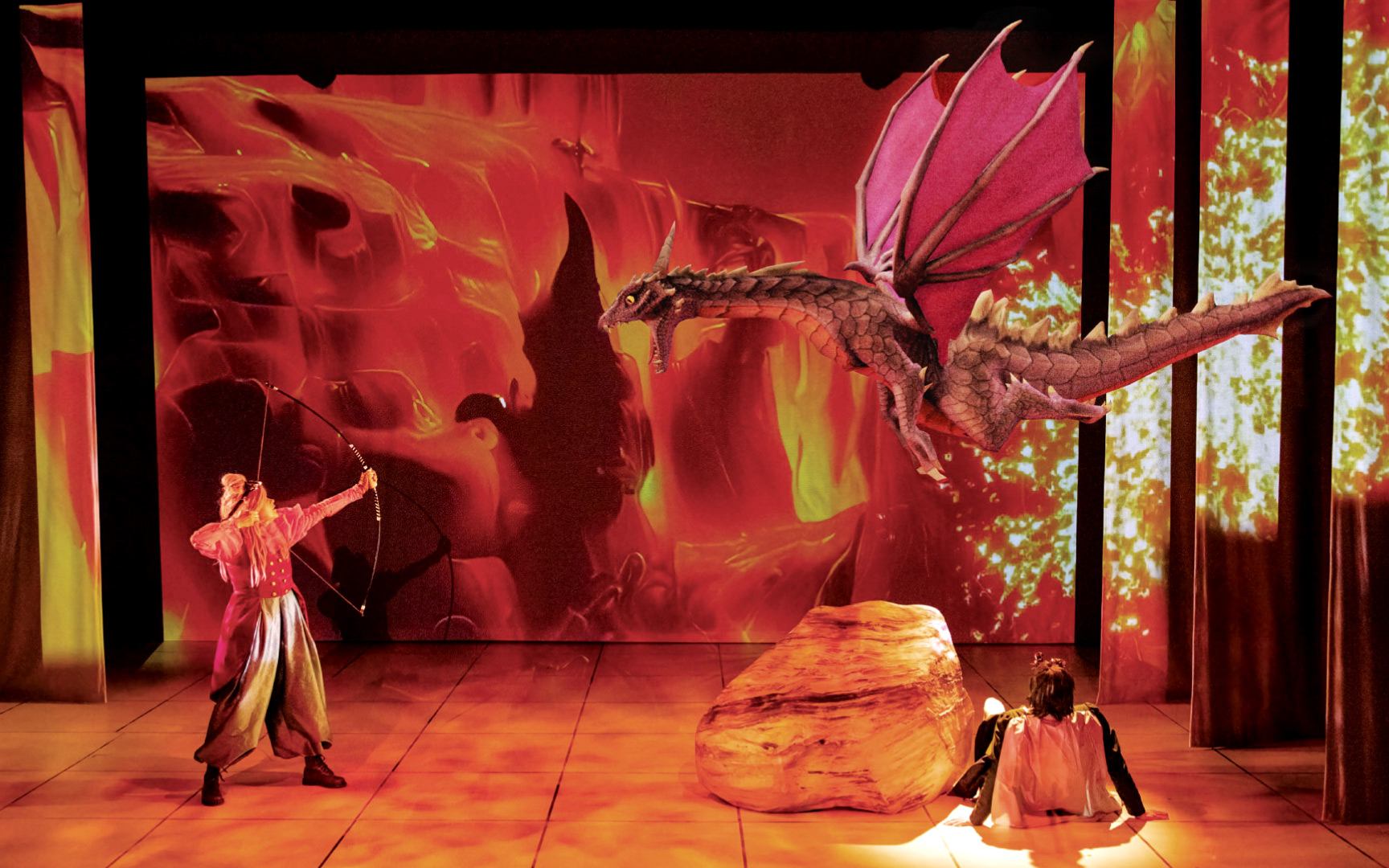 Theatre reimagined with AR
Theatre reimagined with AR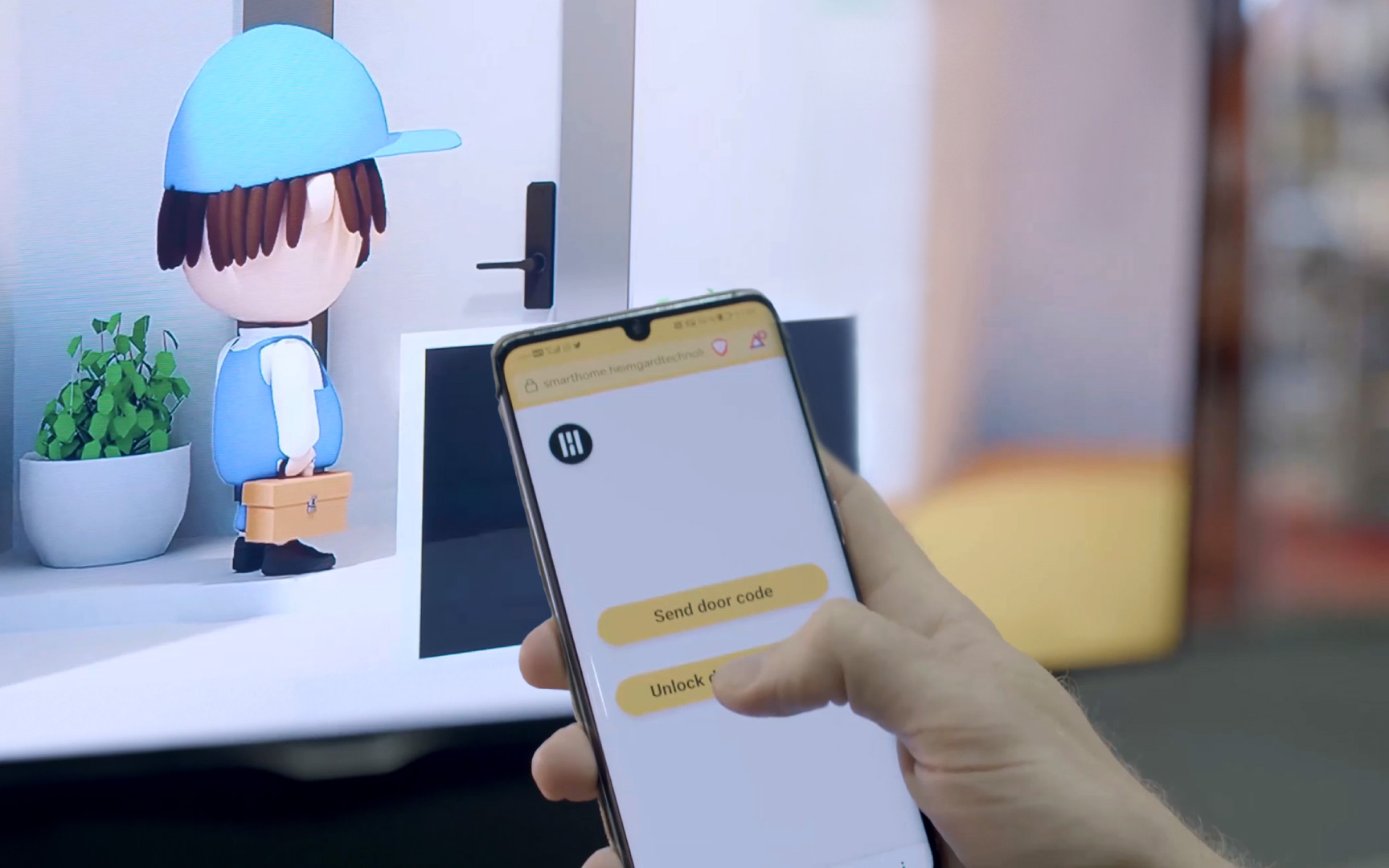 Let your audience control their experience
Let your audience control their experience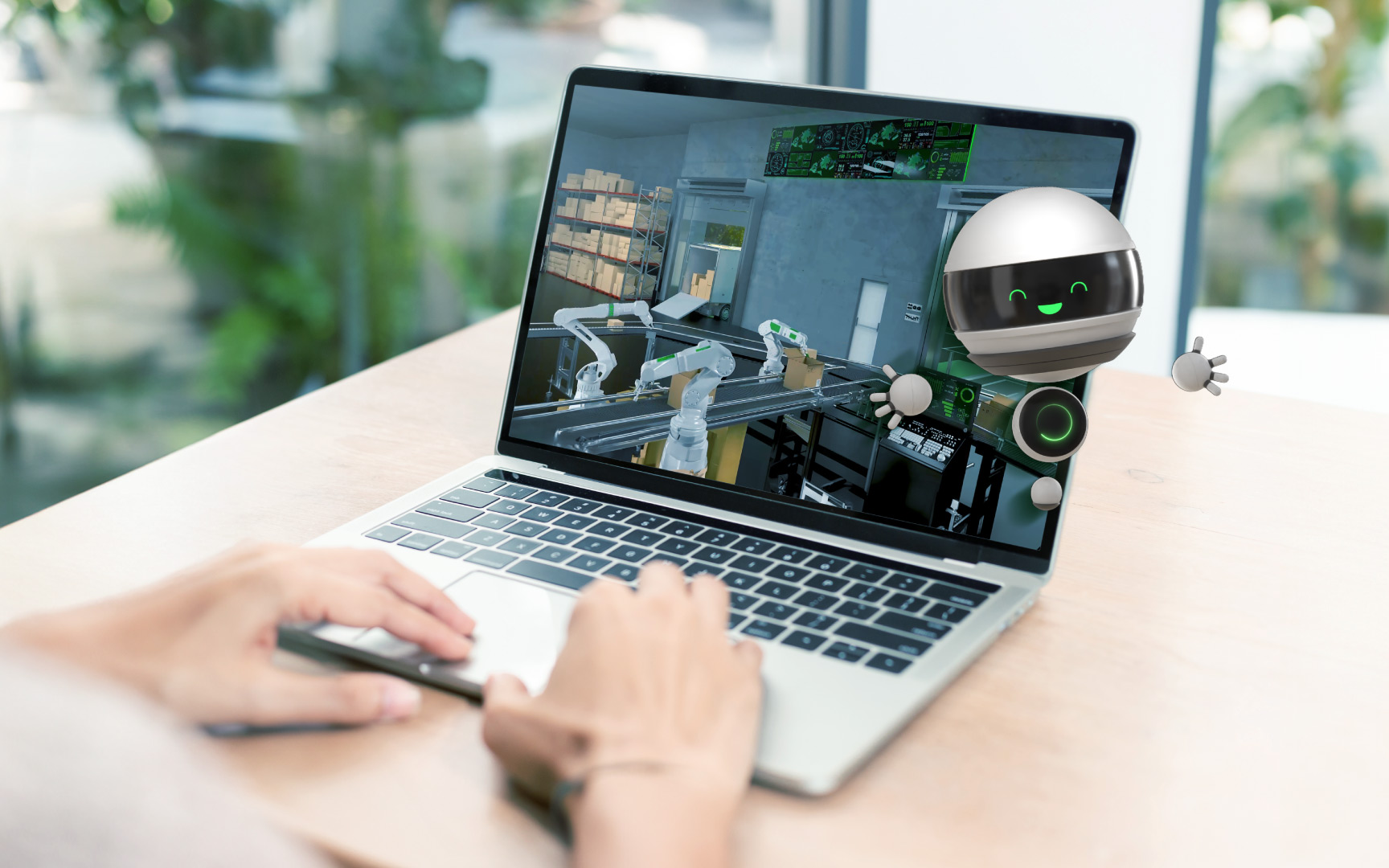 Immersive web to CRM integration for lead gen
Immersive web to CRM integration for lead gen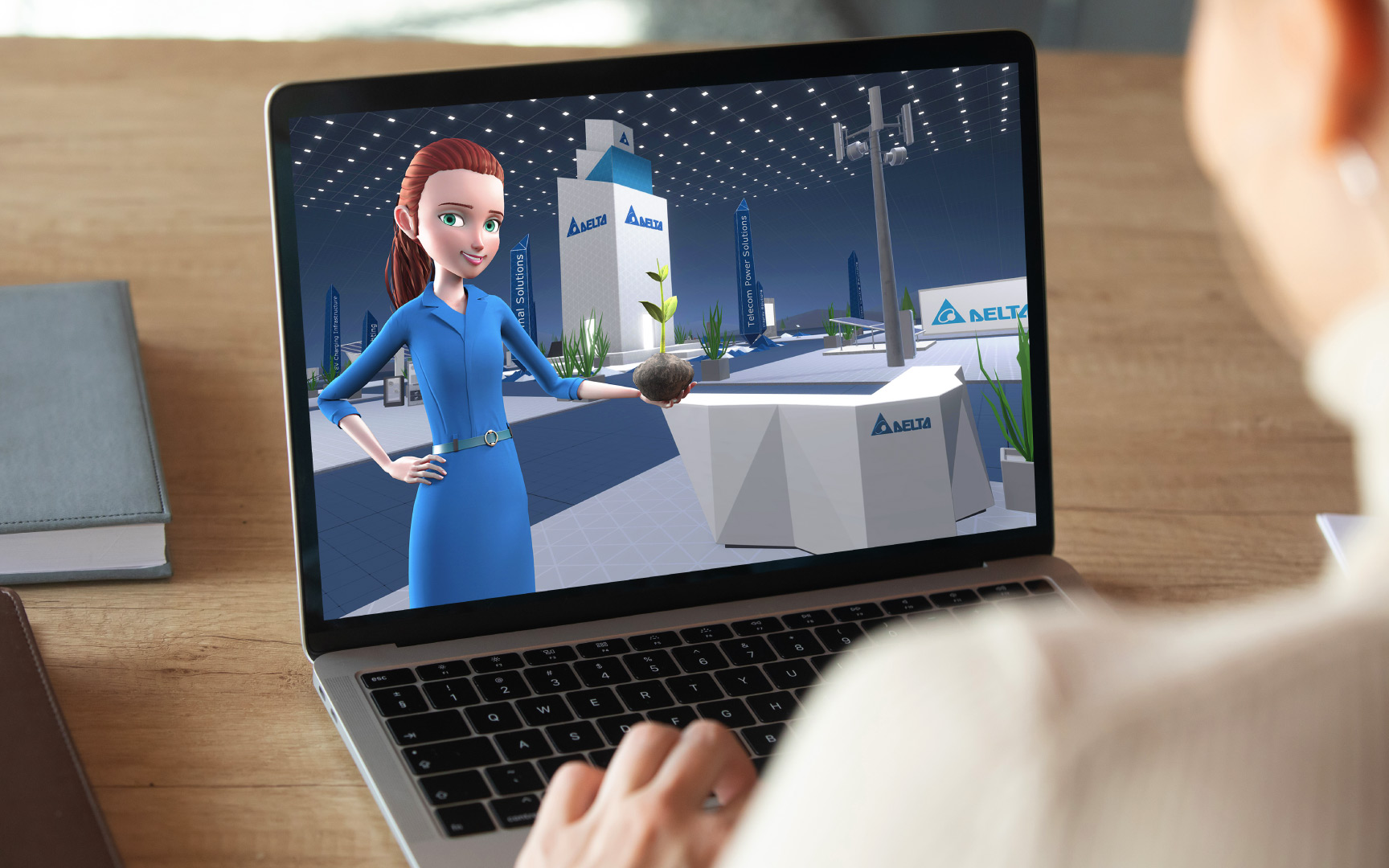 Digital interactive exhibitions during the pandemic
Digital interactive exhibitions during the pandemic Creating a virtual museum with photogrammetry
Creating a virtual museum with photogrammetry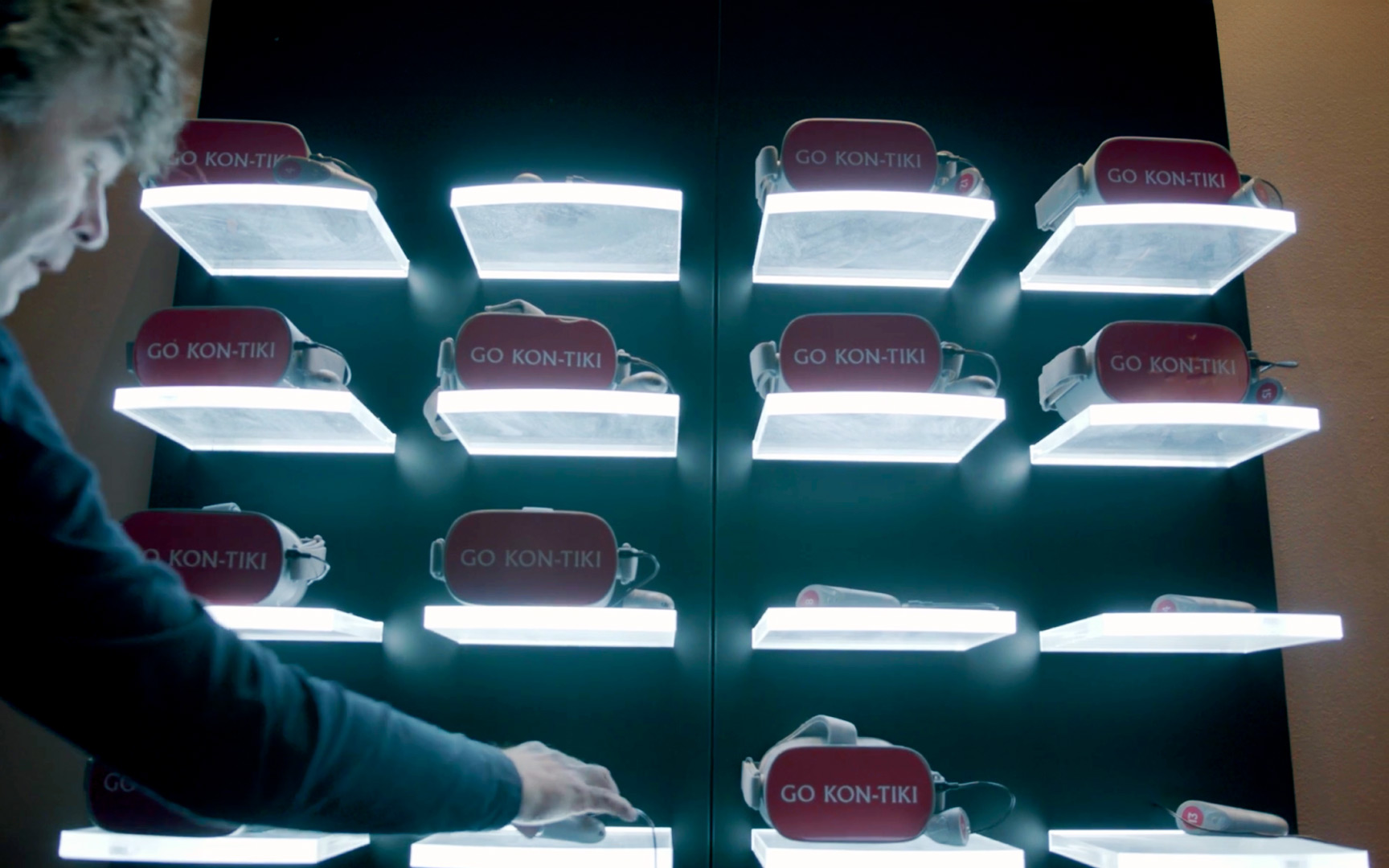 Sailing across the pacific in VR
Sailing across the pacific in VR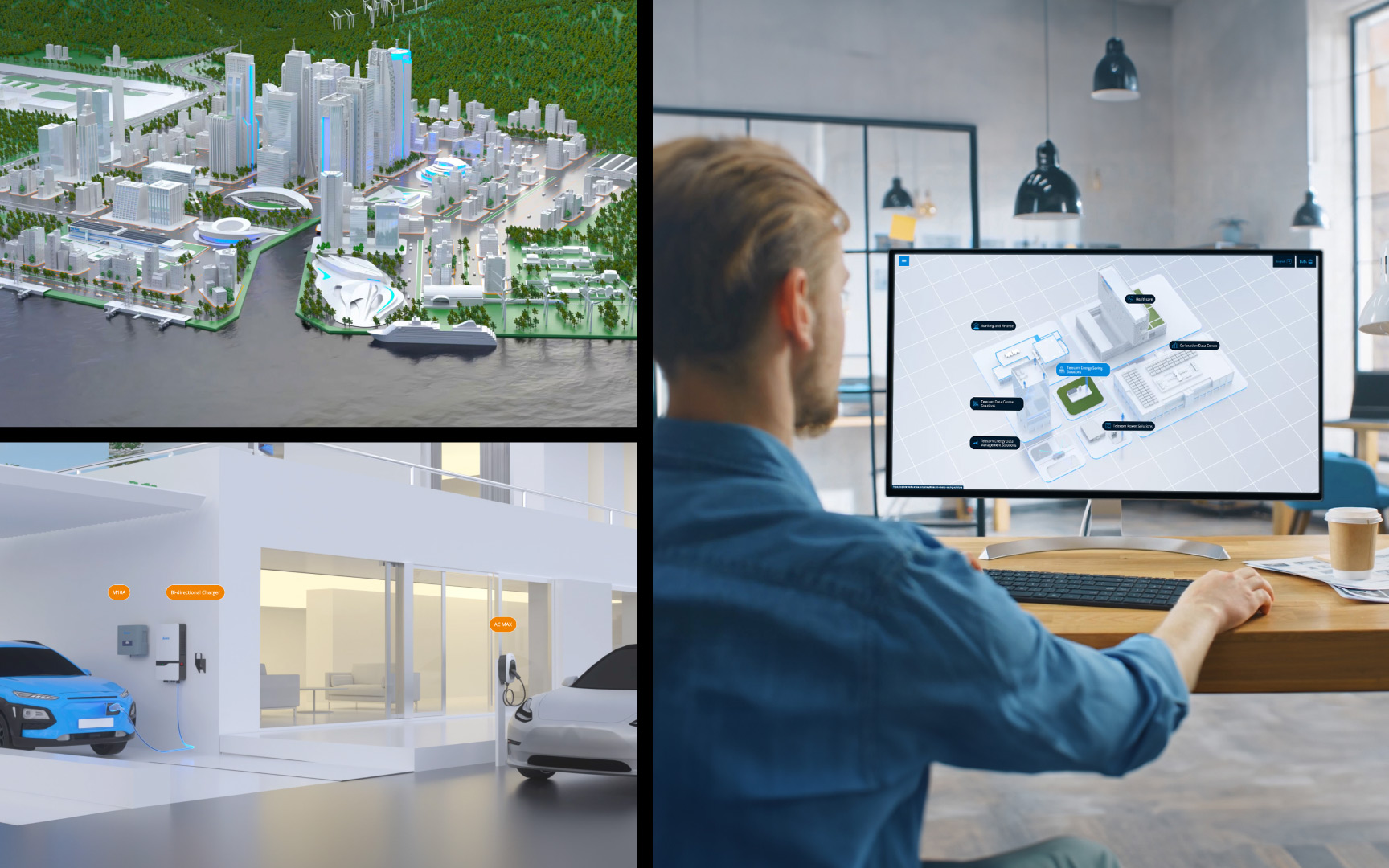 Audience engagement through immersive web
Audience engagement through immersive web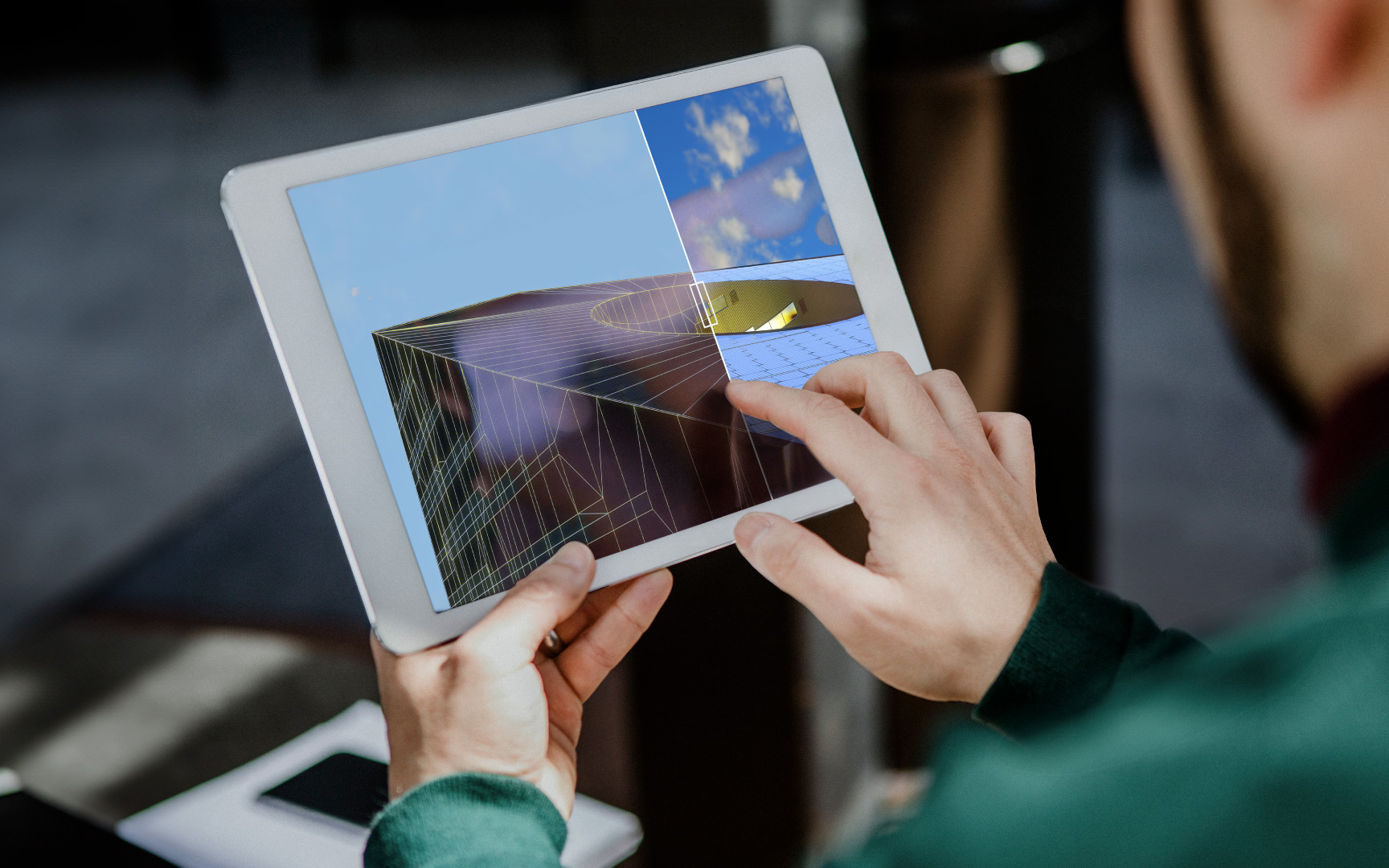 Share your architectural vision in AR
Share your architectural vision in AR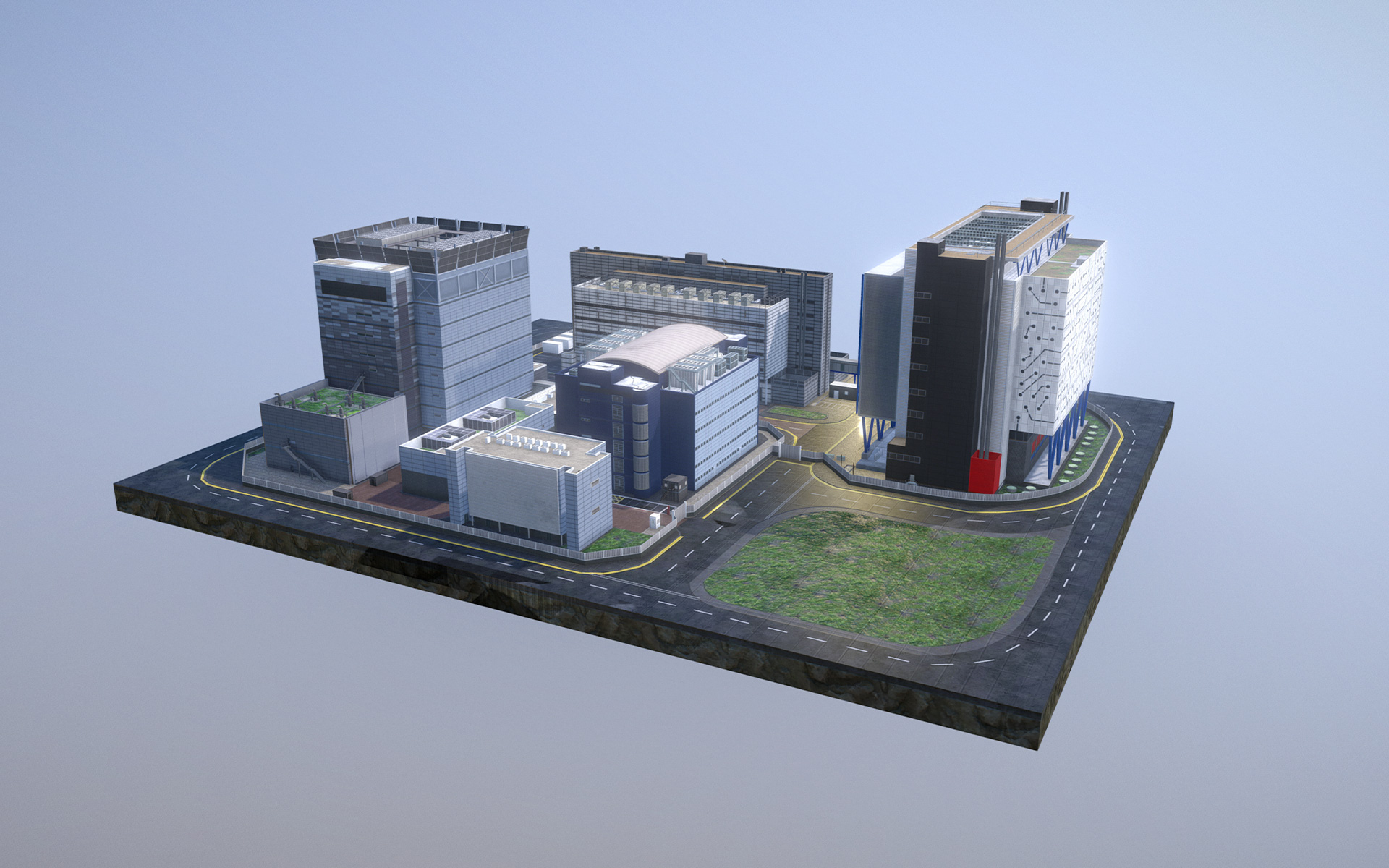 Selling complex installations across WebGL and VR
Selling complex installations across WebGL and VR Bringing history to life with 360 photospheres
Bringing history to life with 360 photospheres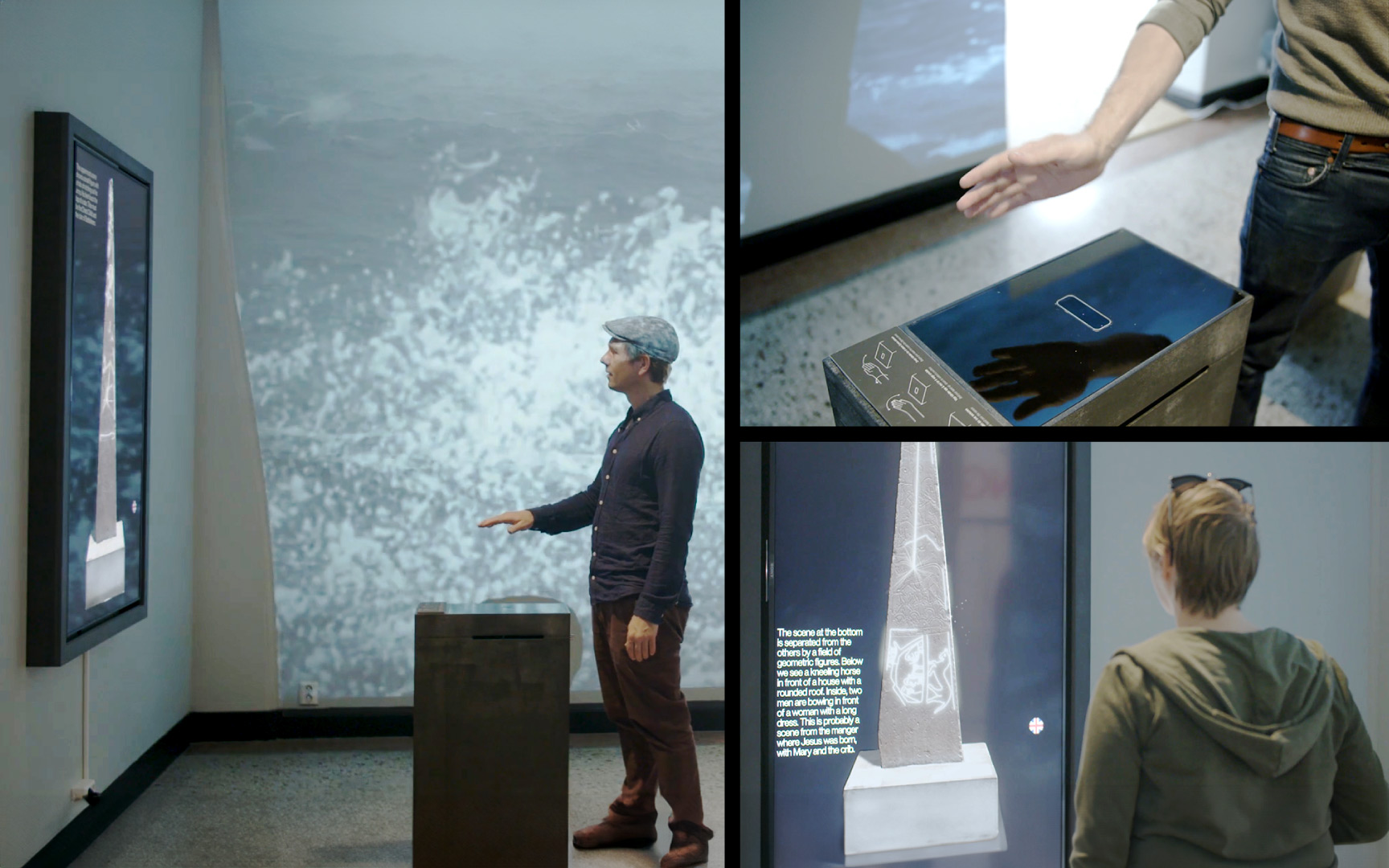 Digitizing hard to exhibit historical artifacts
Digitizing hard to exhibit historical artifacts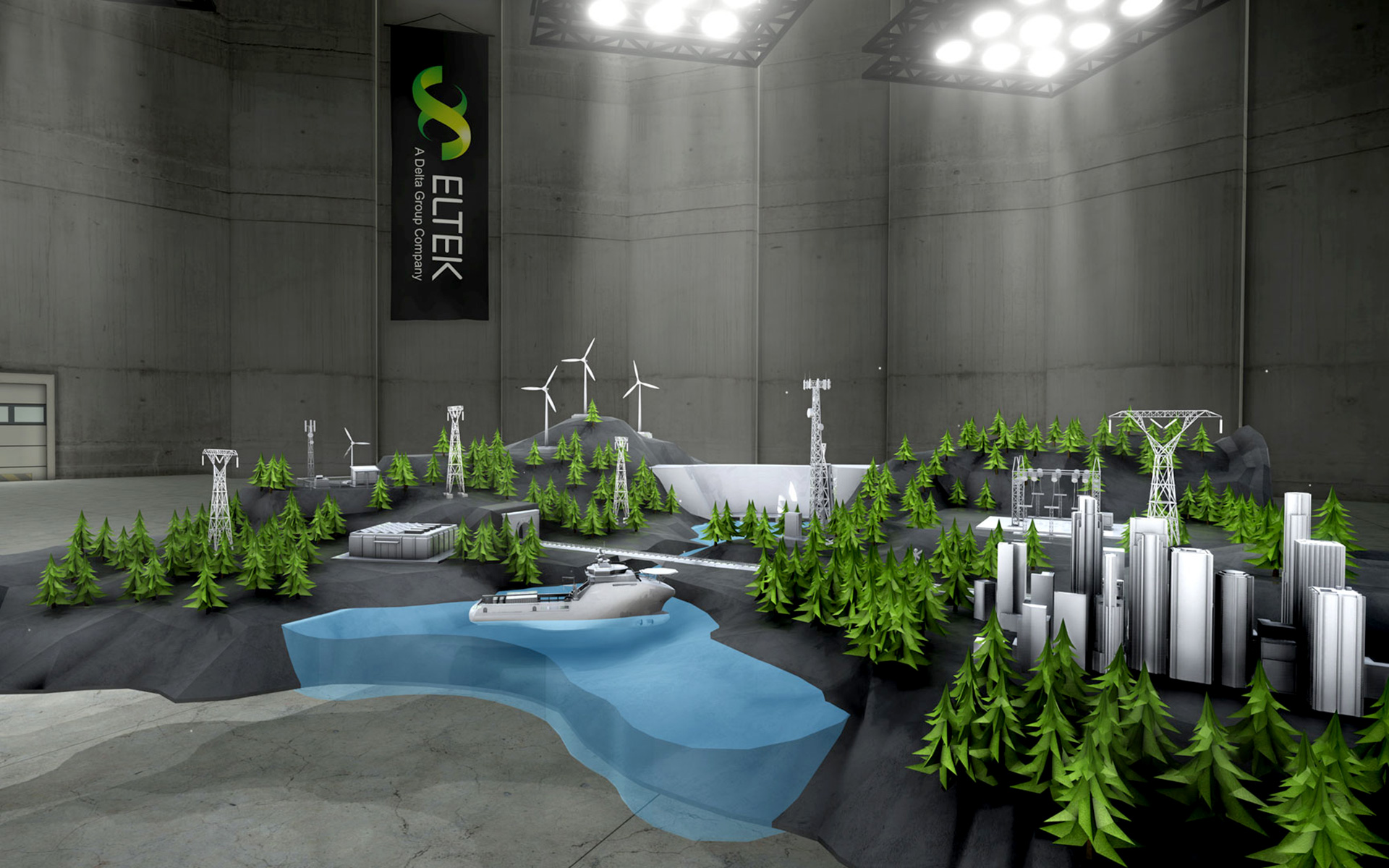 Creating an immersive product showroom
Creating an immersive product showroom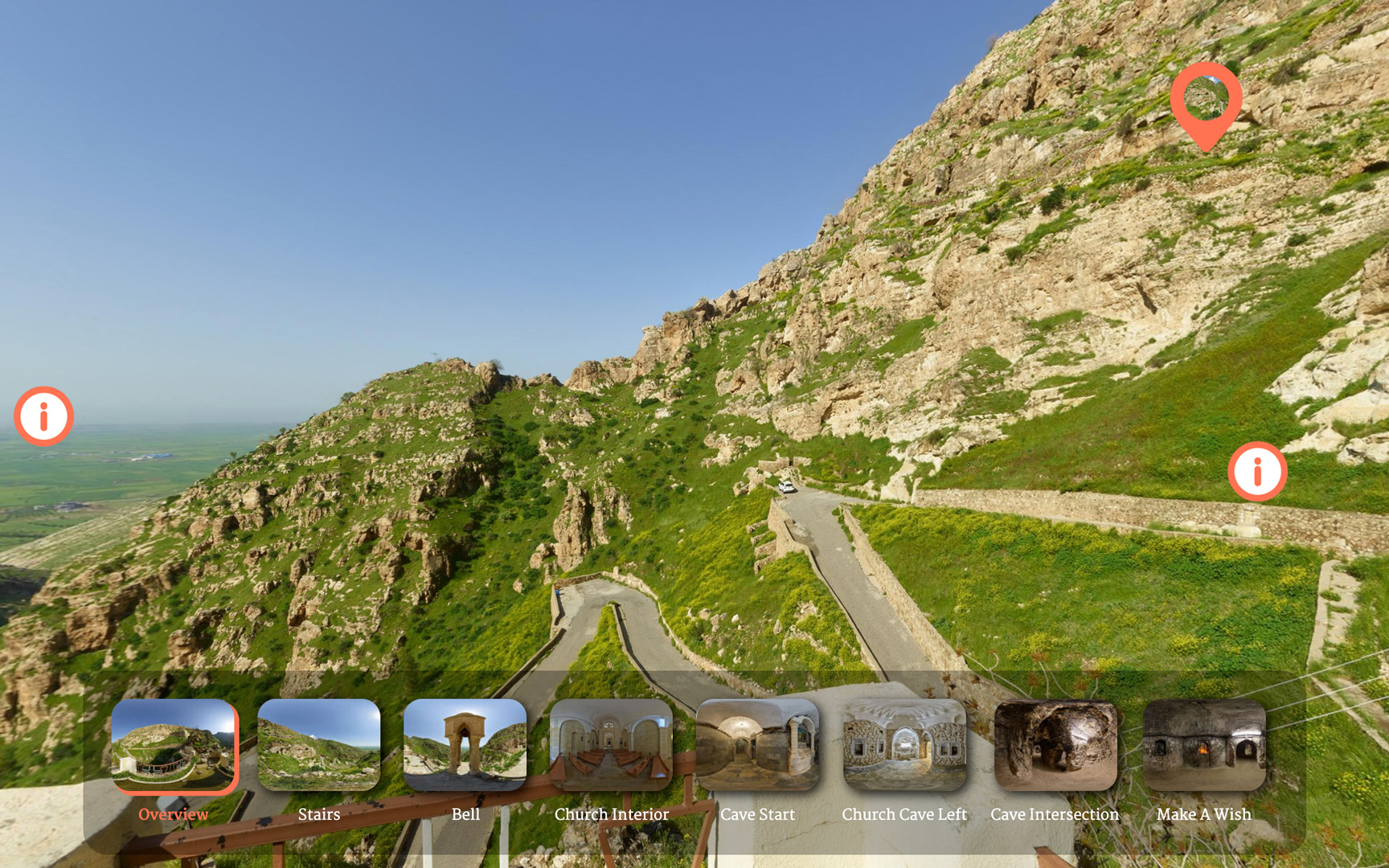 Creating interactive 360 heritage site tours for web
Creating interactive 360 heritage site tours for web